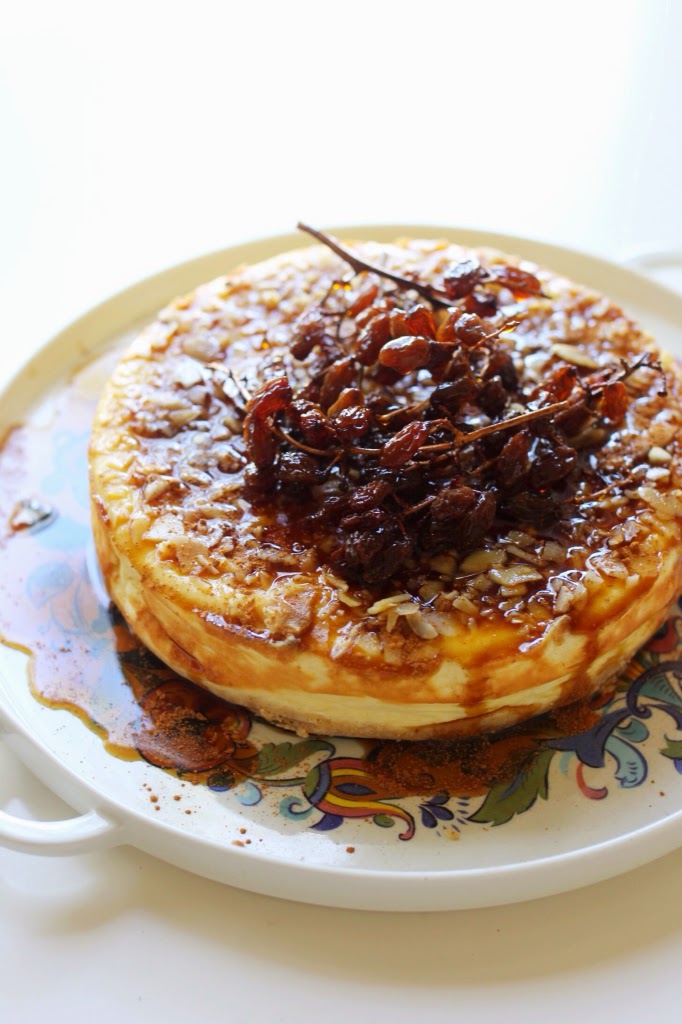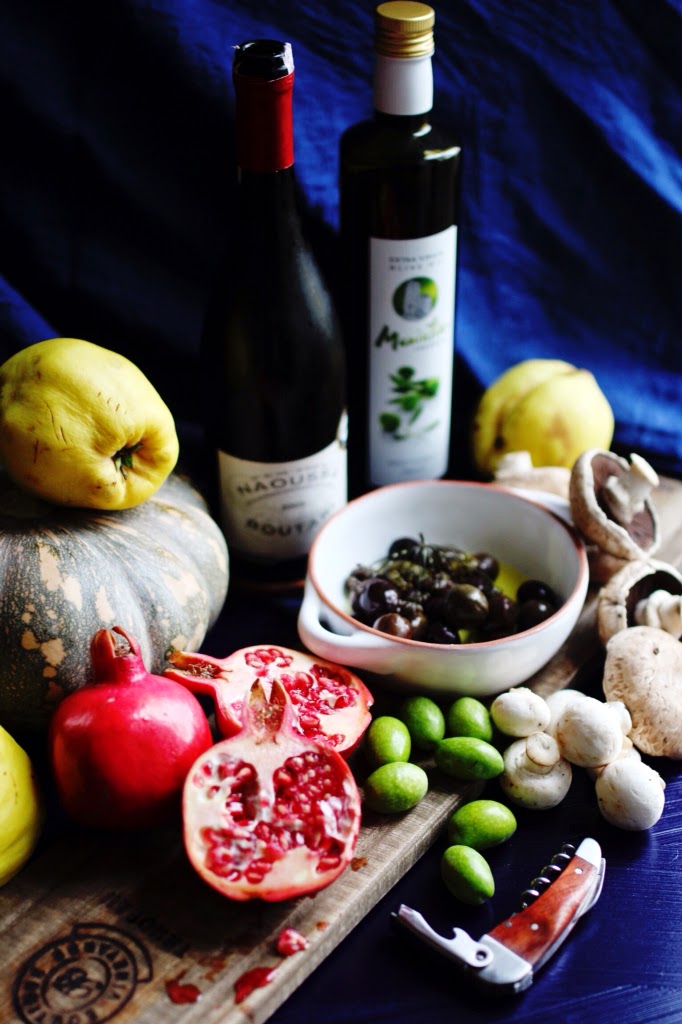South Coast Oyster (and olive oil) Odyssey

Oysters. You either love them or hate them. As I am a new fan – and Mr K is a long-standing, dedicated fan, we headed to the NSW mid-South coast to explore the ‘oyster trail’ and discover where, the oysters we love, come from. Following the "fresh from the farm gate is best" principle, we visited a number of oyster famers, who were 3rd or 4th generation growers. There are eight major oyster-producing estuaries on the NSW South Coast: the Shoalhaven, Clyde, Tuross, Wagonga, Wapengo, Pambula, Merimbula and Wonboyn. On this trip, we visited the oyster farmers in the Shoalhaven and Clyde areas. Our first stop was at the Clyde River, just near Bateman’s Bay. The river was incredibly clear and looked very pure in the Autumn sunshine. We drove down a little dirt track next to the bank of the river to arrive at the "Oyster Shed on Wray Street". This little aqua shed had no pretentions and you could enjoy your oysters on the spot, at a little table looking out over the beaut





